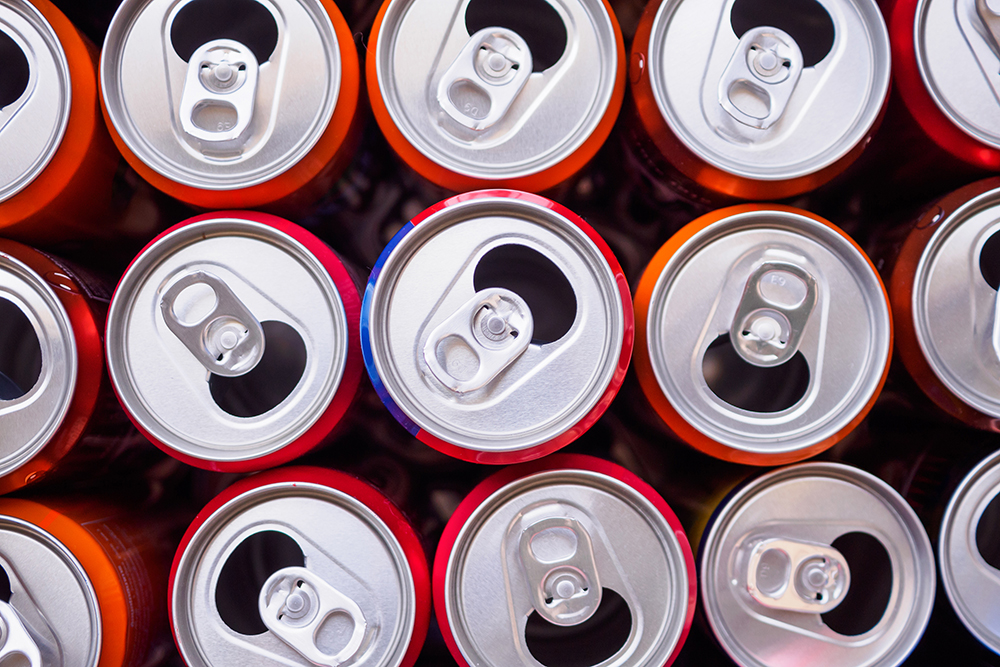 The Indian beverage industry has come very far from the days of when Tea and Coffee were the two options for the commoners. Later the Carbonated Soft Drinks (CSDs) entered market which was preferred by the youngsters. Today right from alcoholic beverages to energy and health drinks the Indian beverage market is flooded with varieties of options.
The Indian beverage industry has come very far from the days of when Tea and Coffee were the two options for the commoners. Later the Carbonated Soft Drinks (CSDs) entered market which was preferred by the youngsters. Today right from alcoholic beverages to energy and health drinks the Indian beverage market is flooded with varieties of options.
The beverage industry currently relies upon four major types of packaging substrates which are Glass Bottles, PET, Multi-Layer and Aluminum Cans. Consumers are becoming very conscious about sustainability, recycling and resource efficiency and are demanding eco-friendly packaging from the brands. According to a recent global survey; 83% of global respondents believe it’s important or extremely important for companies to design products that can be reused or recycled. Also 74% of the consumers want environment friendly packaging containers be made available to them.
Amongst all the packaging substrates, Aluminum Beverage Cans are a naturally sustainable and an eco-friendly choice as aluminum is an infinitely recycled, permanent material. Recycled aluminium saves raw materials, energy consumption and CO2 emissions. Recycling reduces the energy needed for primary metal production by 95 percent for aluminium and cuts GHG emissions accordingly. The combined greenhouse gas (GHG) emissions associated with the transportation and refrigeration of beverages in aluminum cans, in turn, are lower than those associated with beverages in glass or plastic bottles under the same conditions.
Aluminium beverage cans are the perfect example of a circular economy as they may be recycled over and over with no loss of quality. They are a solution to plastic pollution and have a much lower carbon footprint as compared to other pack formats. A great proof of this is the fact that around 75% of all aluminium ever produced in the world is still in use today. Another interesting data point shows that used beverage Cans can be recycled and returned to the shelf within 60 days. This “design for circularity,” combined with high end-of-life economic value, makes recycling of cans viable, and should be the goal if we are to move from a –linear “take-make-waste” society toward a fully circular economy.



